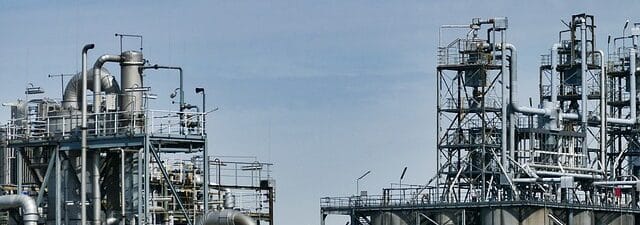In industrial fluid transport, screw pumps excel at handling thick fluids and gas-liquid mixes. But traditional models rely on manual checks. Faults are found only after shutdowns, disrupting production and raising costs.
Thanks to IoT, screw pumps are getting smarter. They now use sensors, on-board processors, and cloud platforms. These upgrades let them sense issues, send data remotely, and warn of faults early. This shifts maintenance from reactive to proactive—boosting efficiency and reliability for industrial transport.
I. How to Upgrade a Screw Pump to “Intelligent”
Making a screw pump smart doesn’t require a full redesign. It involves three key steps: sensing, local processing, and cloud connectivity.
1. Add Sensors to Track Key Metrics
Sensors turn physical conditions into data, like a “health monitor” for the pump:
- Track pressure and flow: Sensors log inlet/outlet pressure changes and fluid volume. A sudden 10% pressure drop might signal a clog.
- Monitor vibration and temperature: Vibration sensors pick up unusual sounds (like a high-pitched hum). Temperature sensors spot overheating (e.g., bearings over 80°C).
- Check for leaks and strain: Tiny sensors detect even small seal leaks. Torque sensors note if the screw is working too hard (a sign of jamming).
These sensors fit easily on the pump and don’t disrupt its operation.
2. Embed a Local Processor for Quick Analysis
A small on-board processor acts as the pump’s “local brain.” It sorts through sensor data in real time:
- It filters out false signals (like a brief pipe shake) to keep data accurate.
- It uses preset safe ranges (e.g., normal pressure limits). If data crosses these ranges, it triggers alarms and codes for specific faults.
This processor acts fast—buying time to fix issues before they worsen.
3. Connect to a Cloud Platform for Remote Control
Wireless modules (4G/5G, LoRa) send processed data to a cloud platform. The platform does three key things:
- Real-time monitoring: Shows live data (pressure, temperature) for single or multiple pumps. Users can filter by device or condition.
- Fault diagnosis: It compares data to past faults. It scores pump health (0-100) and flags issues (e.g., “worn bearing” or “leaking seal”).
- Predictive maintenance: It estimates how long parts will last, based on run time and data trends. It then sends work orders to fix parts early.
II. Big Benefits of Intelligent Screw Pumps
Smart upgrades make screw pumps more reliable, cheaper to run, and easier to manage.
1. Catch Faults Early to Avoid Sudden Shutdowns
Traditional pumps fail unexpectedly. Smart pumps warn of issues before they cause downtime:
- At an oilfield, a smart screw pump’s vibration sensor picked up odd high-frequency shakes. Combined with rising bearing temps, the system flagged “growing screw gaps.” Repairs were done in 24 hours—avoiding a 72-hour shutdown and 500,000 yuan in losses.
- Data shows smart upgrades cut sudden faults by 80%. The time between failures is now 2.5x longer.
2. Cut Costs with Remote Monitoring
Old-school checks require staff to visit the pump—costly, especially for remote sites like oilfields. Smart pumps change this:
- Operators can check pump status from a control room, no site visits needed.
- Small issues (e.g., low flow) can be fixed remotely (e.g., adjusting speed). This speeds up responses 10x.
A municipal sewage plant reported 60% lower annual inspection costs after upgrading 10 pumps.
3. Handle Tough Conditions More Easily
Screw pumps often work with thick, dirty fluids. Smart upgrades make them tougher:
- When moving sludge or syrup, torque sensors detect extra strain. The pump slows down to avoid overload.
- When handling gas-liquid mixes (e.g., coalbed methane), pressure sensors spot sudden flow spikes. The pump adjusts its buffer system to stay stable.
III. Where Smart Screw Pumps Work Best
Intelligent screw pumps thrive in settings where reliability and continuity matter most:
- Oil and gas fields: They monitor gas-liquid ratios in wells. They adjust settings to reduce wear from corrosive fluids.
- Food and chemical plants: They log data (temp, pressure) for syrup or paint transport. This ensures compliance with safety standards.
- Wastewater facilities: Their sensors resist moisture and dust. They run unattended, even in dirty, damp conditions.
IV. What’s Next for Smart Screw Pumps
Future upgrades will make these pumps even smarter:
- Better AI: On-board chips will learn from past data to spot faults more accurately.
- Digital twins: Virtual copies of the pump will simulate performance. This helps predict wear under different conditions.
- Group coordination: Multiple smart pumps will work together via the cloud. They’ll balance loads to save energy.
《How IoT and Industry 4.0 Are Transforming Screw Manufacturing for Filtration》




